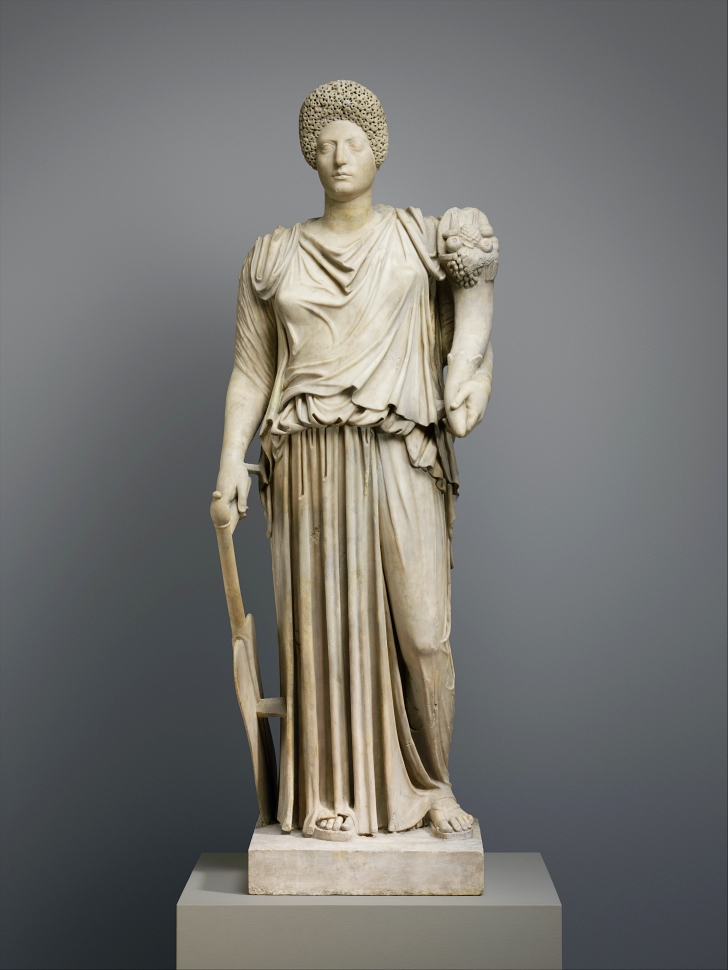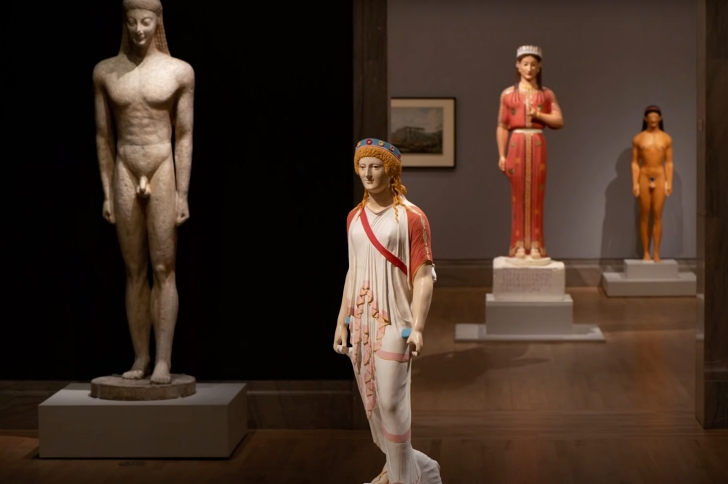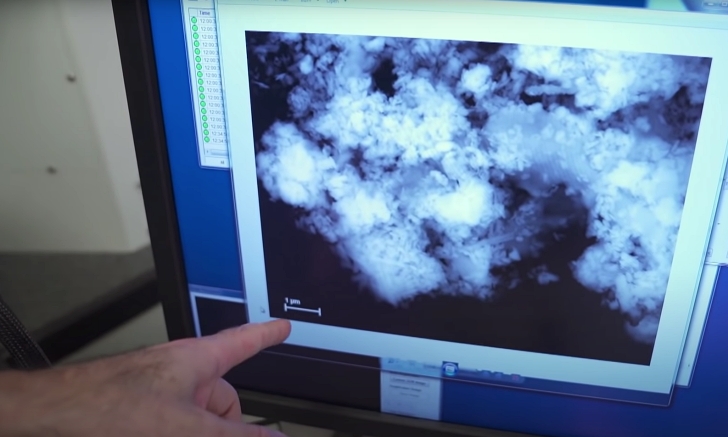The Reason Why So Many Ancient Roman Statues Turned Out White
When enthusiastic cleaning goes too far…
We’ve written before about how the statues of the ancient Romans were not, in fact, the white marble that we see in museums. Rather, the way they were supposed to look included a rainbow of bright colors made from the same minerals and pigments that artists are still using to this day. But, as it turns out there are a number of reasons why the colors were drained from these skillfully-carved statues.

The ancient Roman Empire was a sprawling and vast conglomerate of localities and as such the art of the period reflected influences from all across Europe, the Levant, parts of Africa, and Eurasia. However the statues that survive from the era show us a monochromatic legacy of all-white marble and stone. It is this style which dominates museum galleries and discussions of art. It was this style that was replicated during the Renaissance period with artists like Michelangelo and his peers creating lifelike sculptures in icy, white marble.
But, the statues of the ancient Romans were actually painted in bright colors, despite the fact that this phenomenon was unheard of until just a few years ago. Was this an intentional misrepresentation of the figures? Or was it a consequence of time? As it turns out it was a little bit of both.

The statues were lost after the fall of the empire as they no longer symbolized the strength and wonder of the Romans. These disused artifacts were not valued at that time and many became buried. When these same figures were unearthed in the Renaissance period, time and the elements had damaged the paint severely. Then in an attempt to study these masterpieces they were scrubbed clean of the mud and residue that covered them, and in the process hints of the original pigments were destroyed as well.
In rare instances there have been statues found that still bear a little of their original colors, like the statue of Tyche and Plutus on display at the Istanbul Archaeological Museum seen below. You can detect the pigment on the child’s hair, as well as in the abundant fruit piled behind him.

Not only were these statues painted, but they were often decorated with silver, gilt, or inlaid materials. Head scientist at the Metropolitan Museum of Art in New York, Marco Leona, says that if the ancient Romans could see their colorless, marble statues in museums today that they would most likely find them to be unfinished and not yet fit for public display.

There are a number of artists and art historians working to change the perception of these historical statues. In recent years reproductions of some famous Roman Empire statues have painted as scholars believe they would have looked in the statues’ heyday.
Though we’ll never know exactly the colors they used, using scientific instruments researchers can sometimes see tiny fragments of pigment in the folds of the stone.

Have a closer look at these ancient Roman statues -both painted and unpainted- in the video below.
SKM: below-content placeholderWhizzco for DOT

